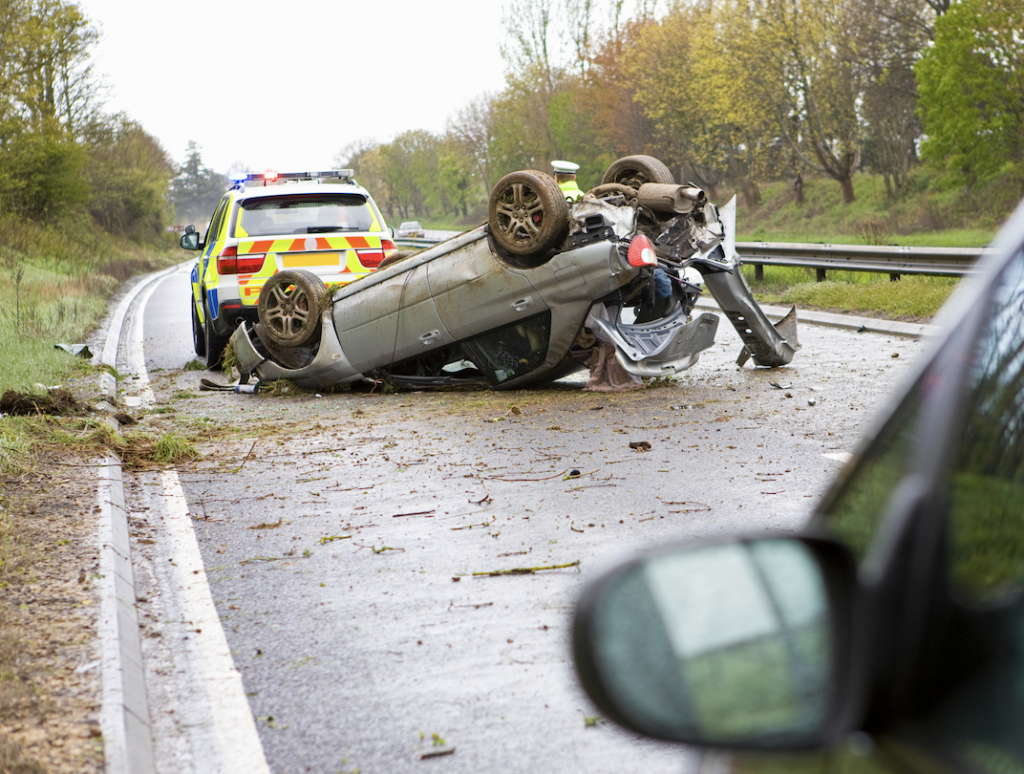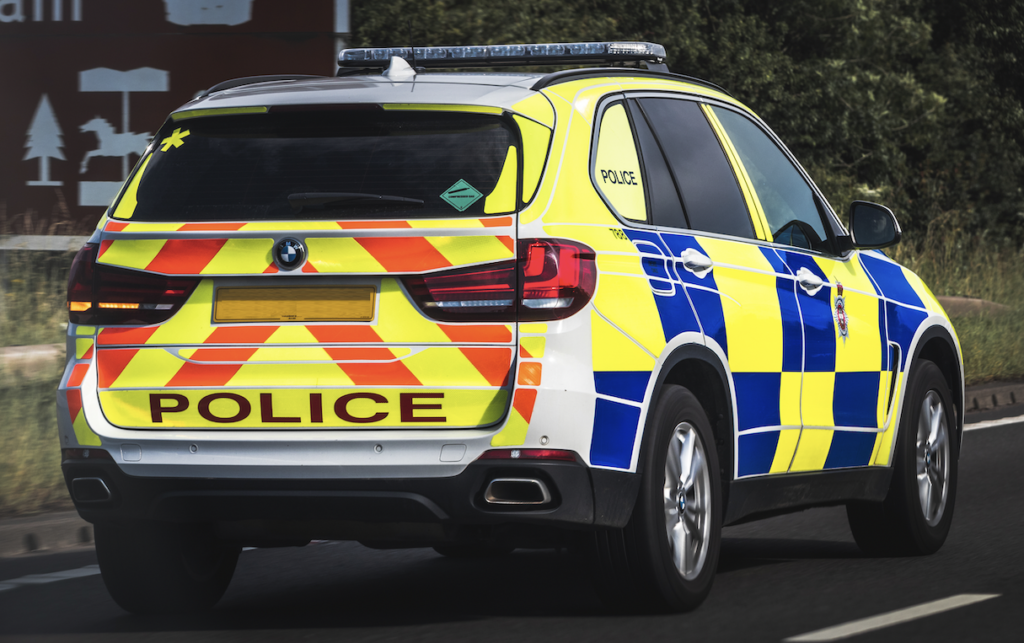What to do if you witness a road collision
Witnessing a road traffic collision can be extremely upsetting, and apart from being involved in one yourself, it is one of the worst experiences you can have on the road. However, it’s important to remember that staying calm is one of the most important things to do in such a situation. This will help you to keep a clear head and make the right decisions.
Do I need to stop?
If you are involved in a road traffic collision and do not stop, it is illegal. Depending on the collision, you can be fined up to £5000 and even jailed. However, the rules are slightly different if you are just a witness to a collision and not involved. The Highway Code will advise drivers not to slow down and be distracted by a collision, especially on busy roads and dual carriageways, as this can often make matters worse by obstructing emergency vehicles or causing further collisions.
If this happens to you, then quick decisions need to be made, as stopping at the scene of an accident can be vital, especially if it is a quiet or deserted road where few vehicles are around; in cases like this, your presence can be lifesaving.
What to do if you witness an accident:
If you witness an accident and feel you need to help, you must find a safe spot to pull over so as not to obstruct the road. Put your hazard lights on immediately if you see an accident happening in front of you, and slow down as safely as you can. Indicate while pulling over, and keep checking your mirrors to make sure you are not causing motorists behind you problems.
Warn other road users
If you have a warning triangle, it is good practice to place it approximately 45 metres from behind the crash, but not in the middle of a lane, as this is very dangerous in itself. If you are in a dark rural area, it may be wise to have a torch that you can use to flag the accident to oncoming traffic.

Preventing further danger:
Once you have stopped safely, turn your engine off. There is always the possibility of spilt petrol or diesel, so it is vital not to smoke and to tell others not to smoke nearby. There will probably be shattered glass around, so be careful where you are walking.
Getting help:
Once you have stopped your car, then it is time to assess the situation; if you are a lone traveller, then call the emergency services straight away, or if you have a passenger, then ask them to call while you check for injury and how many people are involved and be as detailed as you can about the nature of the collision and the types of vehicles involved, as this will help them to deploy the right services. Call 999 from your mobile or use any SOS telephone at the roadside. If you are on a motorway, the marker posts will tell you your position to relay to help.
What assistance can I give?
Once you have established that all engines are switched off and after you have called for assistance, then you can assess the incident and offer assistance if safe. The Highway Code states that you can direct uninjured people to the side of the road well away from oncoming traffic; this would be behind the hard shoulder or central reservation if on a motorway. For injured people, it is essential not to move unless there is a real danger of explosion or fire; for motorcyclists, it is essential not to remove their helmet unless it is absolutely critical, if restricting breathing or attempting mouth-to-mouth, for example.
If you can not move the injured person, try to ensure they are warm and not alone, as they can be very confused; it is vital to stop them from trying to move or wandering into traffic lanes. Reassure them that help is on the way, and do not give them anything to eat or drink. Also, check for signs of shock, as this can be life-threatening and occurs when the blood flow is very low.
Symptoms of shock:
Shock can be very dangerous, especially after a road traffic collision, so knowing the symptoms can be extremely helpful as you can direct emergency help.
• Clammy, pale skin
• Very enlarged pupils
• Bluish tinge to lips and fingernails
• Rapid shallow breathing
• Very fast pulse
• Weakness and fatigue
• Vomiting or nausea
Before emergency services arrive, the best treatment you can offer is to keep the person calm and warm, lay them down with raised legs if possible, and loosen any tight clothing, belts and ties, for example.

Emergency assistance:
While the emergency services will always be the best equipped to deal with road traffic collisions, your assistance can be invaluable. Many people will be grateful for any previous experience with lifesaving training. However, even without such training, you can still assist and potentially save a life. This is why it’s important to keep a first aid kit in your car, along with a warm blanket and phone charger.
The Highway code advises remembering the DRABC acronym:
• D- Danger
• R – Response
• A-Airway
• B- Breathing
• C-Circulation
You should also check for burns and pour cool, clean water for as long as possible, water permitting, and cover in cling film or a clean plastic bag if nothing else.
Information you need to provide as a witness:
If you are involved in a road traffic collision, it is your duty to report it to the police, but as a witness, you play a crucial role. You may be asked to provide an account of what you saw and did. Your details as an independent witness can be invaluable, helping with insurance claims or if the police need a witness.
Witnessing a collision can be highly traumatic, and many people’s memories can become blurred. Therefore, it is important to keep a record, take photographs, and make voice notes as soon as possible after the incident. Remembering details such as number plates, the weather, and the time can be vital, especially in serious cases. Dash Cam footage has become very important in establishing fault in many cases, so it may be something you want to consider, especially if you are a high-mileage driver.
